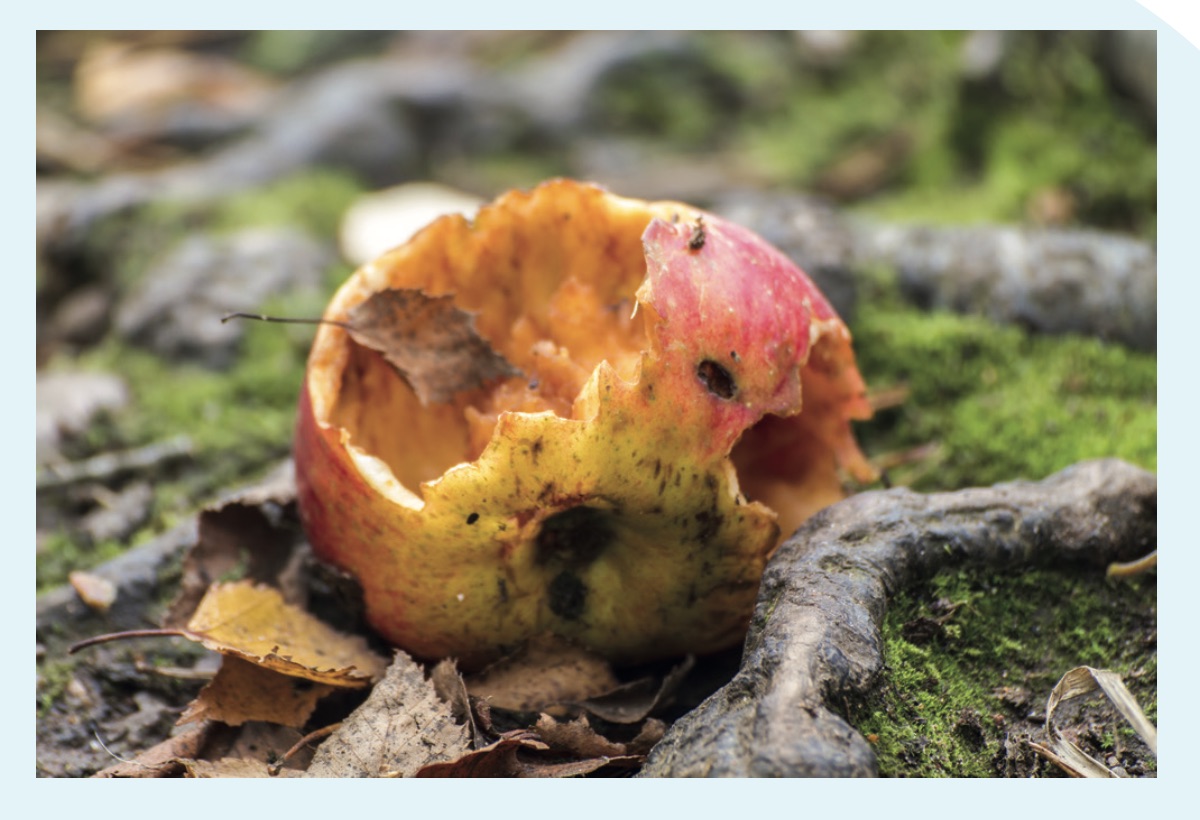Global Food Waste – Causes and Effects
The Food and Agriculture Organization (FAO) estimates that each year, one-third of all food produced in the world is lost or wasted.
1) How much food is wasted? The global volume of food wasted per year is estimated to be 1.3 billion tonnes.
2) What is the impact of food wastage on land use? Waste happens at all stages, including production, handling, storage, processing, distribution and consumption. Agricultural production has the greatest amount of total food waste volumes, with 33% of the total.
3) Where and how does food waste occur mostly? At world level, the total amount of food waste in 2007 was equal to 1.4 billion hectares of land. This is equal to about 30% of the world’s agricultural land area, and larger than the surface of Canada.
4) What is the impact of food waste on biodiversity? Agriculture is responsible for 66% of threats to species in ecosystems. Cereals, which are a main food product that is wasted in most regions, are probably the main threat to deforestation and biodiversity.
5) What is the economic impact of food waste? About $750 billion worth of food was wasted in 2007. It is the equivalent of the GDP (gross domestic product) of Turkey or Switzerland.
We are now 7.2 billion people in the world. It is estimated that there will be 9 billion people living in the world by 2050. As the world’s population increases, so does our need for food. In order to feed this larger world, food production must increase by 60 percent and food production will need to double. So it is time to think about and find solutions to the food waste problem.

